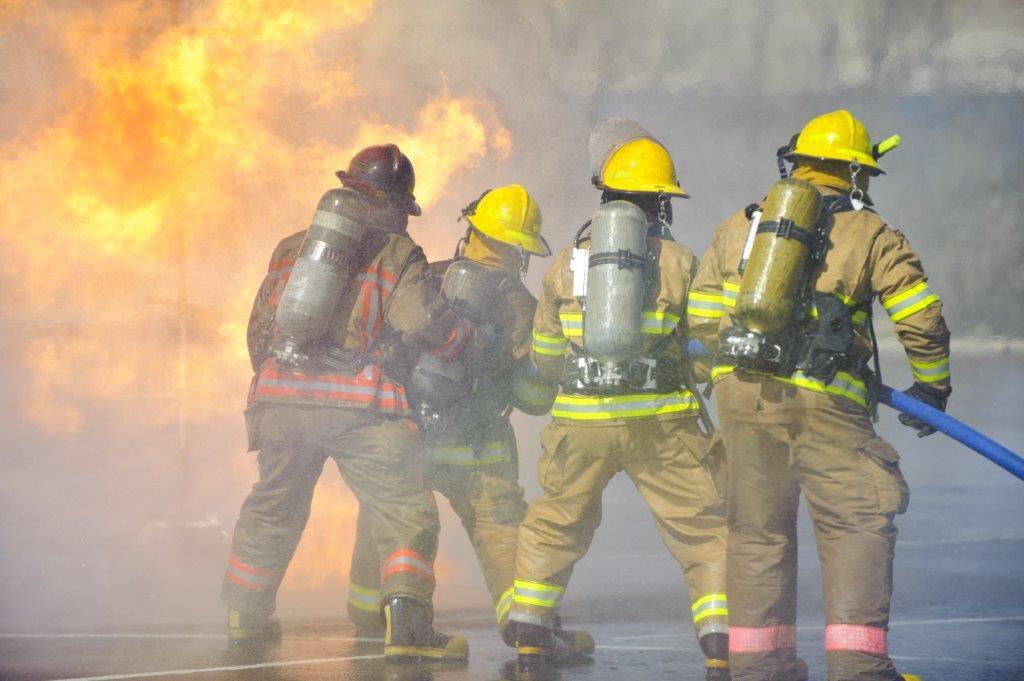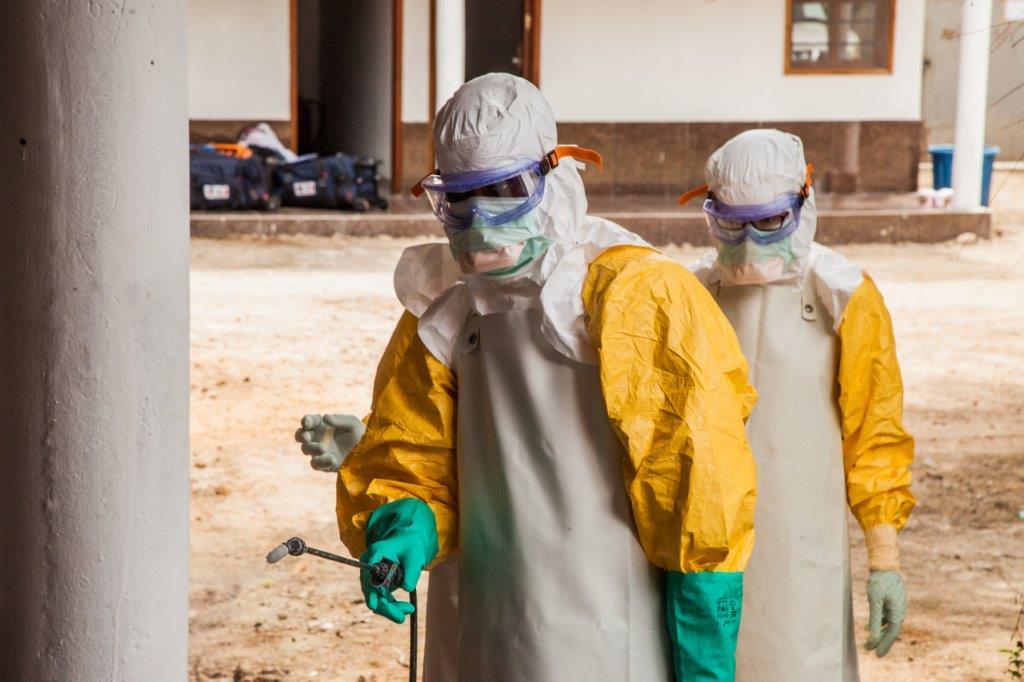Why use nonwovens in protective clothing?
Nonwovens are extensively used in the medical field and in protection against liquid, biological and chemical agents in many sectors. They are also used in clean rooms, laboratories and in the electronics industry to protect materials, goods and components from human contamination.
The different uses are:
- Chemical handling
- Petchem industry
- Automotive industry
- Pharmaceutical industry (Manufacturing and Packaging)
- Laboratories
- Food industry
- Visitors, inspectors across in industry
- Agriculture and horticulture, veterinary inspections, farms, facilities etc.
- Decontamination of contaminated land
- Decommissioning of production plants
- Oil handling, oil tanker cleaning
- Tank cleaning
- Industrial cleaning and maintenance
- Hazardous waste clean-up
- Disease and disaster management
- Emergency response services, spill clean up
- Police
- Medical applications
They are used as protection against a variety of substances which could be harmful for human contact, such as asbestos, dioxin, body fluids, hazardous gases, oils and lubricants, inorganic, organic chemicals, dyes, colours, inks, disinfectants, nutraceuticals (vitamins, etc.), dirt, fine dust, liquid aerosols, splashes, liquids under pressure.
Because they are used only once and incinerated after use, the need for handling is avoided and the spread of contaminants is minimised.
The advantages of using nonwovens in protective clothing
- Protection against
- dry or wet contact
- air-borne particles
- Flex cracking resistance
- Single-use = 100% certainty
- Excellent barrier properties
- Excellent uniformity
- Breathability
- Abrasion resistance
- Repellence
- Trapezoidal tear strength
- Tensile strength
- Puncture resistance
- Resistance to permeation of liquids
- Resistance to ignition
- Liquid repellence
- Flame retardancy


